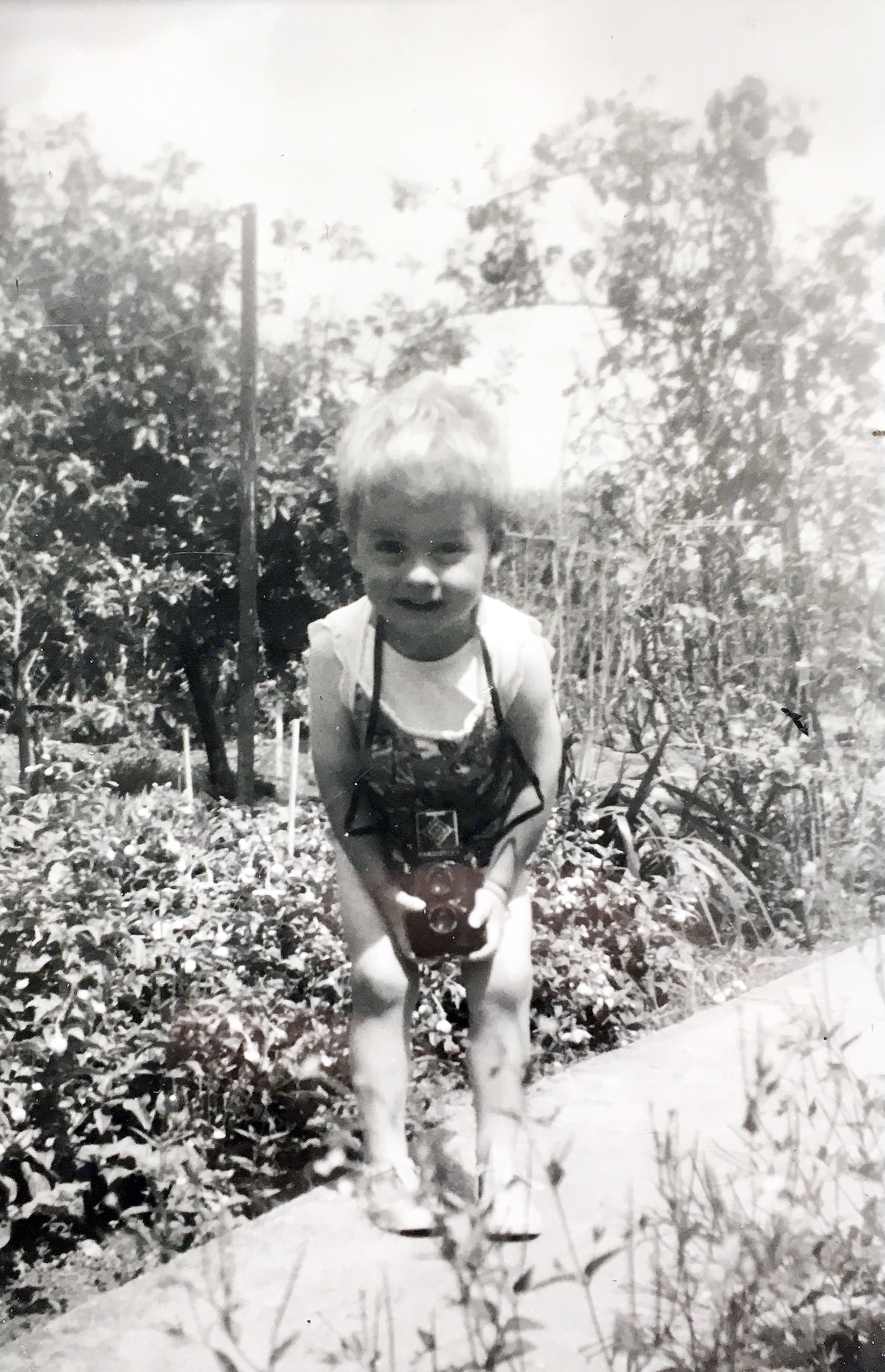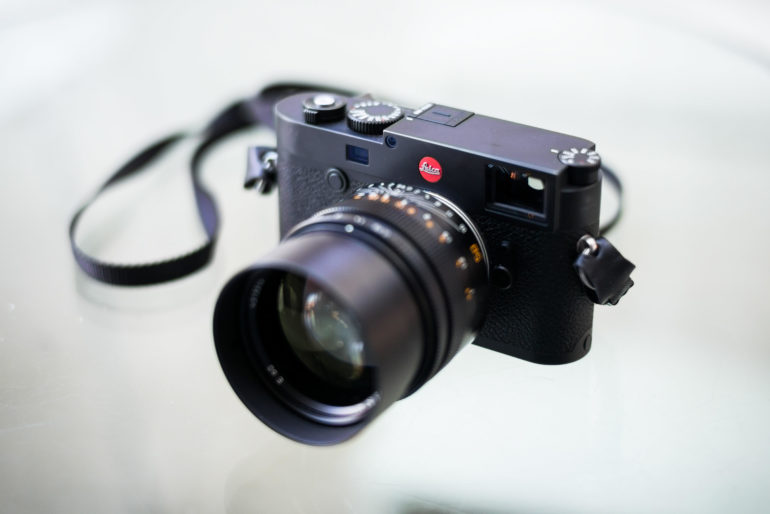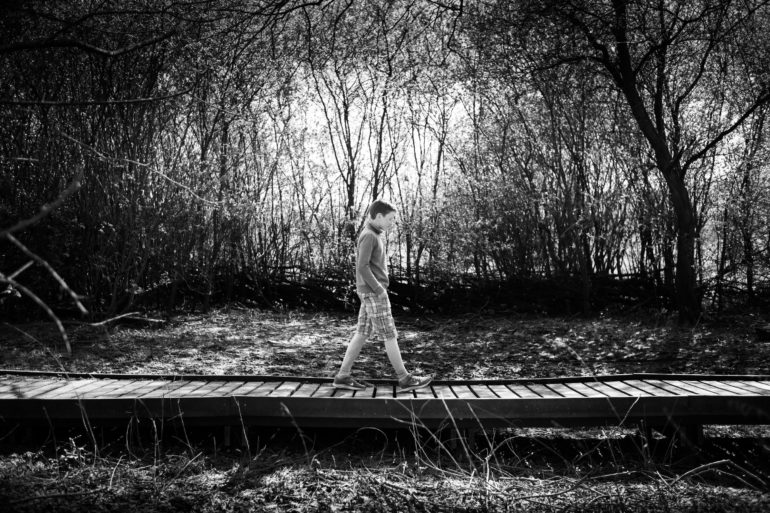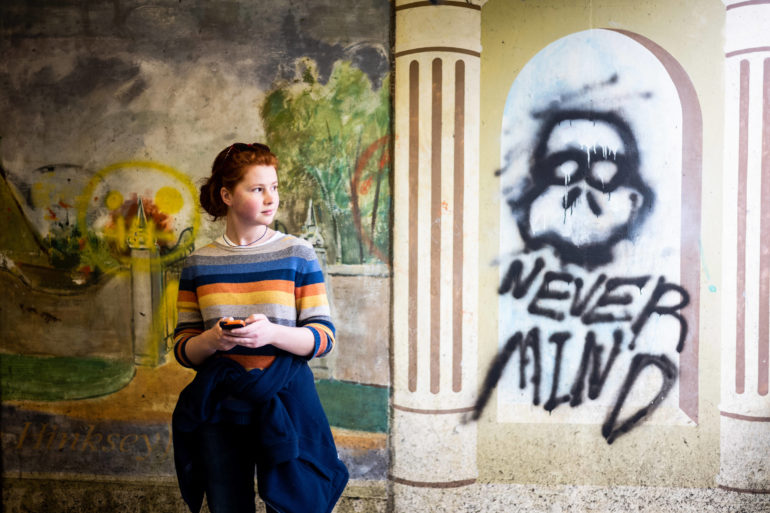Last Updated on 10/17/2020 by Chris Gampat
All images and words by Douglas Fry for the My Favorite Camera series. Used with permission. His favorite camera is the Leica M10.
There is a photograph of me holding an old TLR camera and pointing it at my father aged about 5 at home in Dorset, UK. I don’t recall that pivotal moment, but photography certainly stuck with me. My Uncle Peter was a professional photographer in Australia nearly all his life and often set off into the Outback for months at a time. His specialty was the wildlife and flora of the region and photo libraries both in Australia and around the world represented him. He always sent me his favorite photographs, which I still have. I was fascinated by his lifestyle and freedom, and his photographs were exceptional.
Later in my mid-’20’s, I was in the army and then spent 2 years cycling around the world. On my return to London, I didn’t really fancy a ‘sensible’ job just yet, much to my parent’s disappointment. So I tried my hand at freelancing sending in photographs to The Independent, The Times, and Observer – UK newspapers, small stories, but I did get bylines when the pictures were published. That was the great motivation to continue. The bylines got me calls from PR agencies/designers and more corporate photography work. It was a long slog and earning very little but I enjoyed it.
25 years later as a full-time professional photographer in London and with about 300 photographic commissions a year the slog hasn’t changed at all, but then again neither has the enjoyment.
I have always enjoyed portrait photography and I am commissioned to photograph many business people for a variety of uses. I enjoy the whole process of a portrait shoot from considering the lighting set up to meeting a brief, through to engaging with the subject. I am always being introduced to new and interesting people through my work, from President Xi Jinping, Prime Ministers, and even The Rolling Stones and Pink Floyd. Everyone is different and my creative role is to help the subjects to relax in front of the camera and then capture a suite of images that gives a true sense of the person.
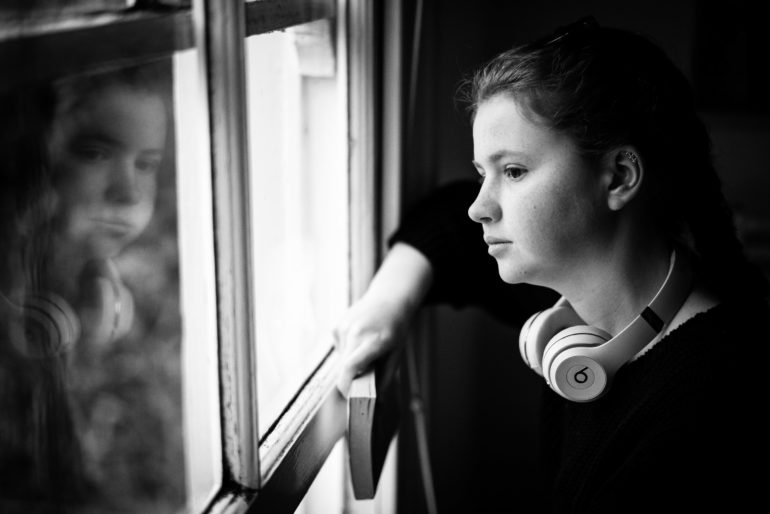
Alongside the corporate assignments, I constantly set myself projects, attend workshops, and keep track of new and old talent. The projects can be completely out of my normal comfort zone, and sometimes a topic I didn’t think I’d have an interest in until I get more deeply involved. I have attended many workshops in London run by Leica UK, The Photographers Gallery, and Magnum, often these are around Street Photography and are a refreshing change from the corporate work I am commissioned for generally.
Also, I surround myself where possible with like-minded people. I love to team up with a few photographer friends and go out and take pictures. We sit down together and review one another’s work, take and give advice and encouragement. I can learn from a total beginner as much as a seasoned professional, that’s what I believe helps to keep me fresh in my approach.
During the Covid-19 lockdown, I was confined to Oxford, where I live and so challenged myself to a creative project. I took a different photograph of my teenage children each day to demonstrate how they were coping with the dramatic change in their lifestyle and lack of contact with peers. Sometimes these were reportage – captured images and sometimes shots I would set up for with lighting and equipment. The resulting images provide a story of lockdown for us as a family, and were published by newspapers and websites.
Anything can inspire me to start taking pictures, it’s important to carry a camera everywhere, buying a pint of milk? I take my camera, if I’m in a hurry and forget, I go back and get it. That way, I have a reason to constantly observe the world around me. Some days I don’t take any photographs, other days I take loads, the important thing to remember is that it doesn’t matter and I don’t stress it, but at least I am ready to shoot.
My favorite camera without question is a Leica M10 rangefinder. The Leica rangefinders are the same format and shooting style as they have always been. I started shooting with Leica film cameras in 1995 and they still work well to this day. The camera format and focusing process is unique and there is a steep learning curve to fully appreciate the camera, but in my view, it is worth it in every way. Leicas have soul, and when I returned to shooting on them a few years ago after many years of other digital brands (I still had my lenses) I immediately felt at home.
Why is that? Well firstly they have this weapons-grade construction which is satisfying to use and hold, the camera and lenses are manual. This requires a technical and emotional investment from the photographer, everything needs to be second nature. One advantage is that the lenses are much smaller, usually much faster, and exquisite in their quality.
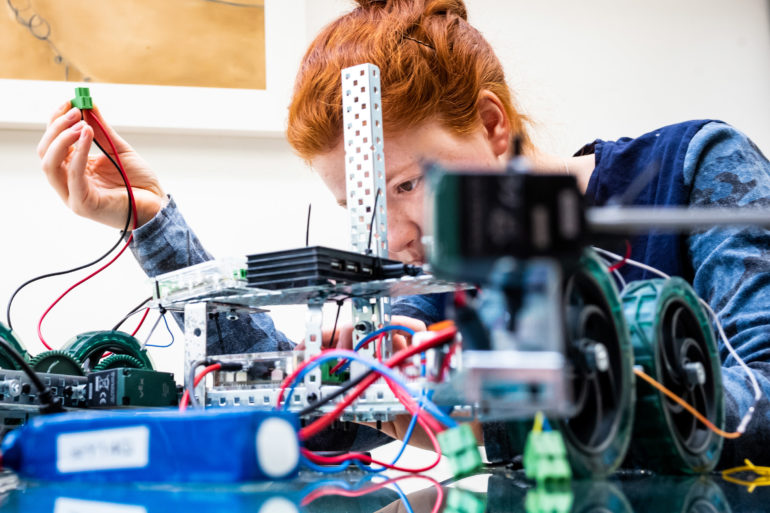
The quality has not gone unnoticed by picture desks and photo agencies and I have been emailed to ask what camera and lens I had used for a certain job as the colors and contrast stood out. Lens wise, photographers are either 50mm or 35mm kind of people, and I’ve always been a 50mm kind of guy, it’s just the way I naturally see the world, and the Noctilux at especially F1.4 is superb. There is quite a historical heritage with the rangefinder camera, and many world press awards have gone to Leica shooters, so undoubtedly, I was inspired to emulate them.
Many photographers I admire, when I check out the camera they use it is a camera with a red dot. My long-term magazine subscription has been to Leica Fotographie International, a printed journal dedicated to photojournalism from around the world, a latter-day ‘Life’ magazine. The photographs are well-curated on a wide variety of subjects with high production values in the print version, so it does inspire me and of course everything is shot on one Leica or another.
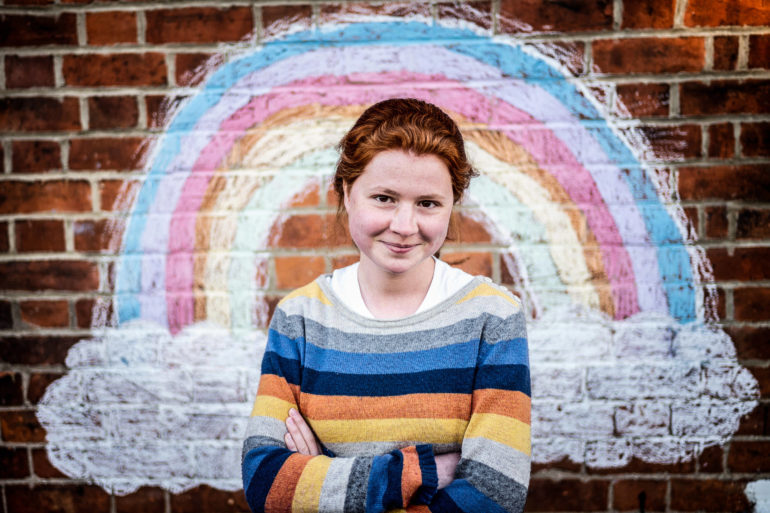
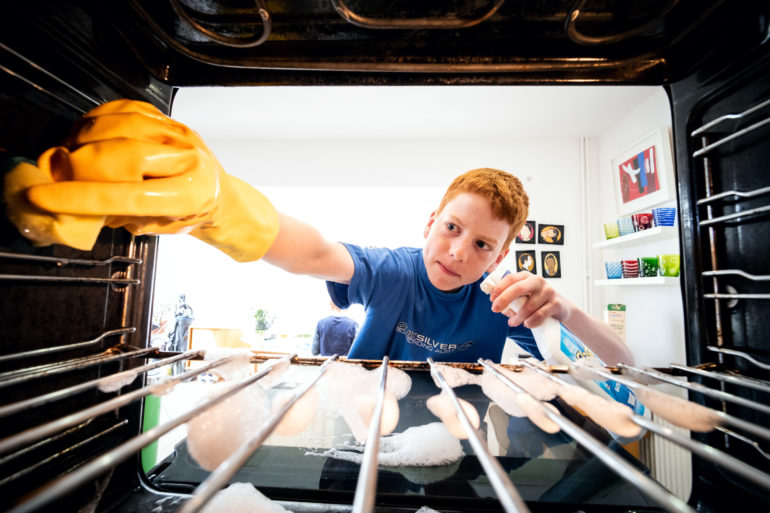
The M10 is very simple to use with every control you need easily accessible and fast to change. The shutter wheel is big, offers just the right amount of resistance so that it won’t get knocked into the wrong setting but can be adjusted with your forefinger without taking the camera away from your eye. The ISO wheel again is easy to change and can be locked. Focus is of course manual, which with practice is fast and very accurate in all light situations, I don’t miss autofocus from the Canon/Sony at all, the rangefinder is a great example of industrial design that has not changed over the last 100 years or so, because it just works so well.
The M10 is still with me every day and used on all corporate and wedding photoshoots and it still looks like new after 3 years of constant use.
In my view manufacturers are currently offering too much in the way of menus, options, and shooting styles. Leica to their credit even on their latest cameras have minimal buttons and options, you can just point and shoot, but the whole premise of the camera is that the photographer is expected to fully understand simple photographic principals of exposure, focusing and depth of field. These are the key skills to creating your best work.
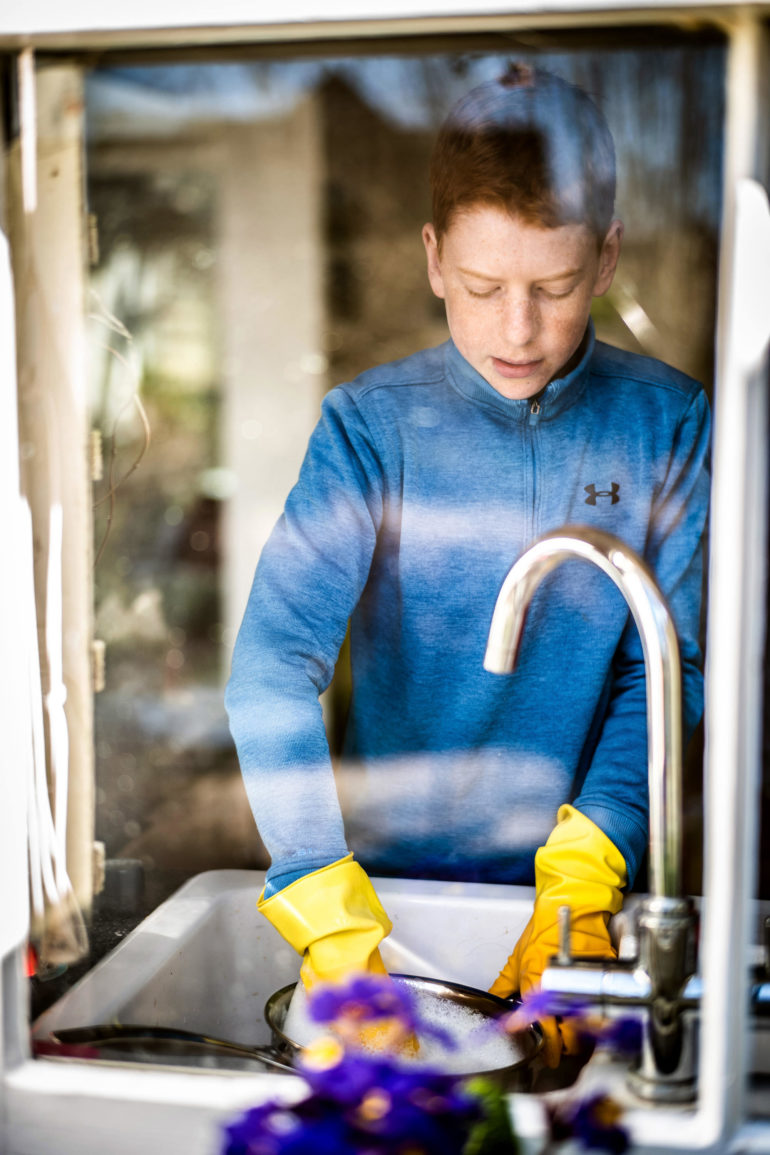
Its quite surreal in a way for us all to dine together for every meal, so we take it in turns to cook and washup, Edmunds meals always involve chillies.
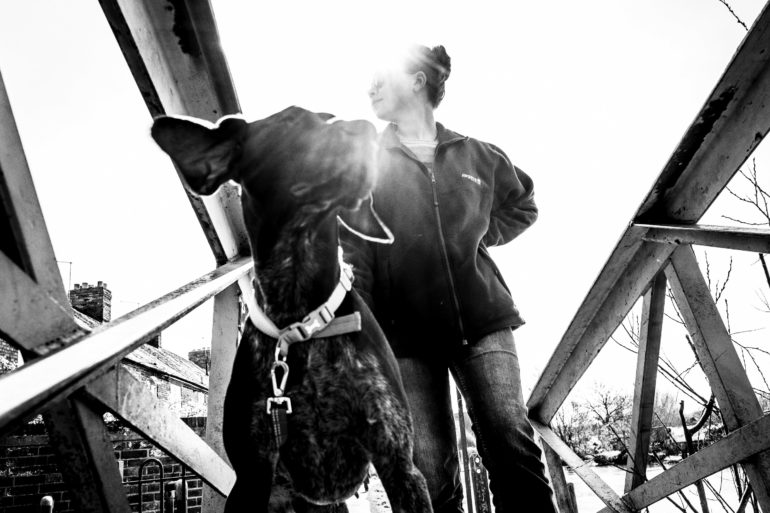
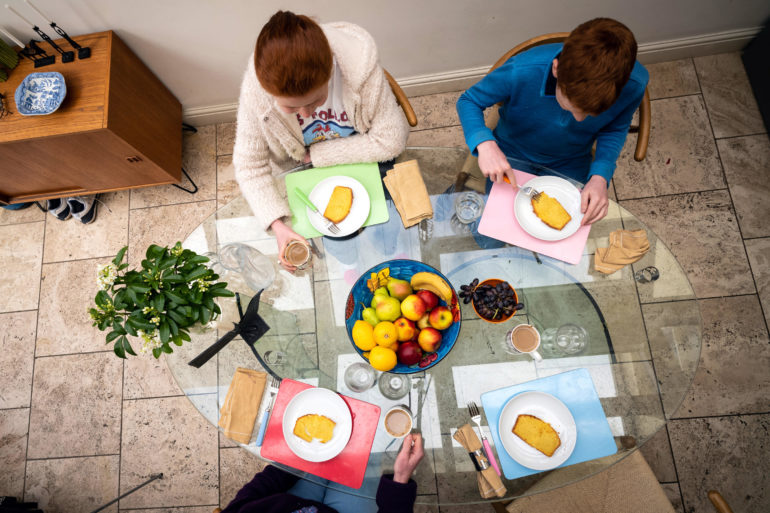
I am a corporate photographer working in London and across Europe for many companies. I am commissioned for about 300 photo shoots a year and my website is here. If you would like to see the full set of teenagers in Lockdown project please visit this page.


